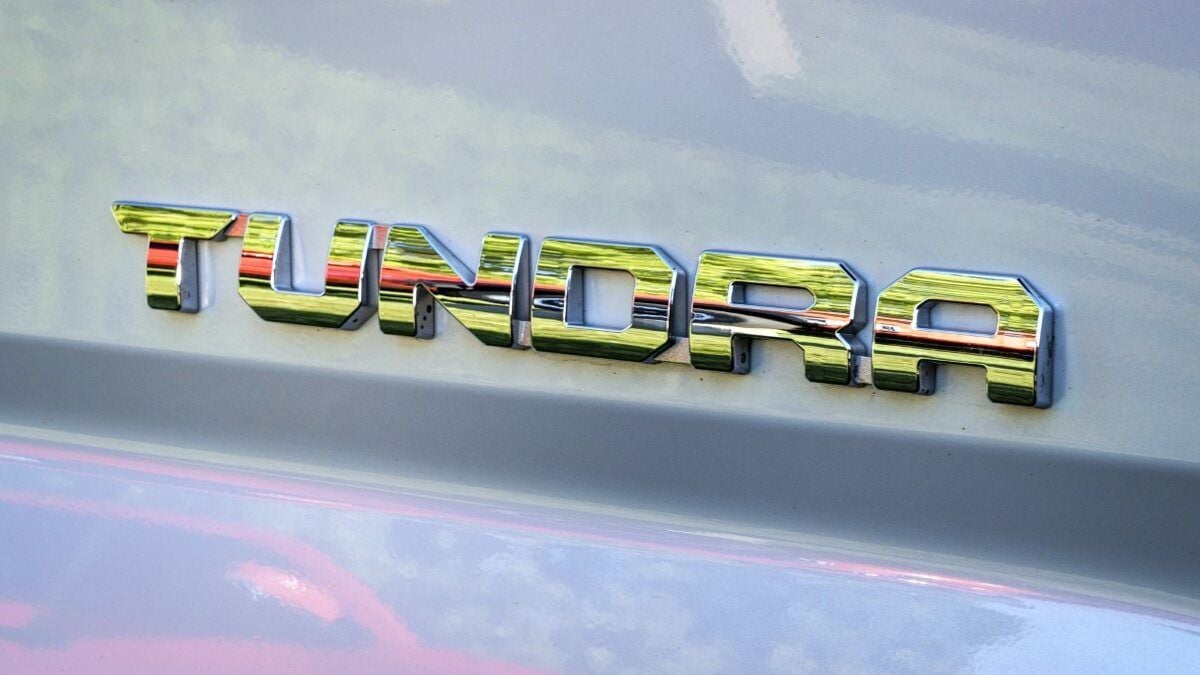In a previous article, we found out whether today's new engines really need a break-in period by using special break-in oil followed by oil analysis.
The breakdown of the break-in question was that:
- Iron, Aluminum, and Copper are the key wear metals you should monitor in oil analysis tests between oil changes.
- It is the wear rate change you are looking for when comparing the wear metals between samples.
- If the wear rate between oil samples remains the same, the engine has already been broken in before being sold; if the wear rate changes (decreases) between samples, then break-in wear is occurring.
Conclusion: Engines are not always (if ever) broken in at the factory or filled with a special break-in oil before shipping off to a dealership despite some experts stating that break-in periods are still important and should be used.
Should You Drain the Factory Oil and Replace It With Break-in Oil?
After speaking with an experienced automotive machinist about whether cars today need a break-in treatment, the following was provided:
- His recommendation over the years through experience is that you really need to use break-in oil for at least the first 500 miles and then switch over to a full synthetic oil with all of its modern additives to prolong the life of any engine―whether it is a new or rebuilt engine.
- The caveat to this, however, is that when it comes to a new car there is the risk of voiding your warranty whenever doing anything to the car that the manufacturer does not explicitly recommend. In the case of adding break-in oil on your own, there is a chance that the dealership or manufacturer might claim that using a professional break-in oil was the cause of your car's problems, leaving you footing the bill.
- The best recourse is to change your new car's motor oil the first 500-1,000 miles using the manufacturer-recommended motor oil, followed by regular periodic oil changes every 3,000 to 5,000 miles, depending on the vehicle's driving conditions and not the manufacturer's recommended every10,000 miles.
Related article: Why You Should Not Trust This Motor Oil for More Than 5,000 Miles
A Toyota Tundra's First Oil Change, Filter Analysis, and Lab Oil Analysis
Today, we will learn about an oil change performed by a Toyota Master Mechanic on his new 2024 Tundra Hybrid after its first 1,000 miles. You will discover what you can expect to find while inspecting the interior of a used oil filter and what the results were from an oil analysis performed by an independent laboratory after the engine's first 1,000 miles.
Follow along with the host in the video posted below, beginning at 19:00 and ending at 50:00. While the video's flanking information is useful and interesting, it is not relevant to today's topic focus.
Important Points You Do Not Want to Miss
In the video, you will learn:
- What is involved in physically changing the oil and filter in a new Tundra.
- The correct tool to use to expose the interior of an oil filter for inspection is one designed specifically for the job and not a Dremel tool with a cutting wheel.
- What wear metals are analyzed in the oil analysis, what engine components do they come from, and what does this mean?
- The highest concentration of oil analysis particles you should expect from a new engine.
- When you should not be worried about what your first oil analysis reveals.
- When you should be worried about what your first (and subsequent) oil analysis reveals.
My Tundra Update! First Oil Change Deep Dive! New Key Experiment and More!
Additional Tundra Oil Changing Recommendations
From the comments following the video, one oil change accessory proving popular among DIY types in taking care of their car or truck is one simple but useful accessory: A Fumoto Valve to replace your motor oil drain plug.
A Fumoto oil pan valve is a special type of drain valve that simplifies the process of changing engine oil. It uses a lever or similar mechanism to open and close a valve with a convenient drain port that you can attach a hose to make your oil change less messy.
Other benefits of the accessory include a locking mechanism to prevent accidental opening and a reduced likelihood of damaging the oil pan from overtightening a regular drain plug by applying the wrong torque to the plug.
Here is an informative video about installing and using the Fumoto oil pan valve. Please note: There are a variety of valves sold, so be sure to check that it will fit your particular vehicle model.
How to Install a Fumoto Valve
For an additional article related to the Toyota Tundra, here is one about an "Important Test Before Deciding Between the New Hybrid and Non-Hybrid Toyota Tundra."
Timothy Boyer is an automotive reporter based in Cincinnati. Experienced with early car restorations, he regularly restores older vehicles with engine modifications for improved performance. Follow Tim on Twitter at @TimBoyerWritesfor daily news and topics related to new and used cars and trucks.
COMING UP NEXT: Top Car Mechanic Scams to Avoid in 2024
Image source: Deposit Photos





